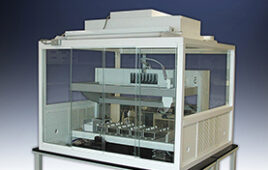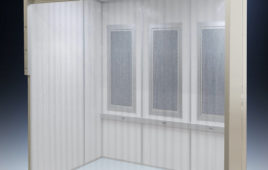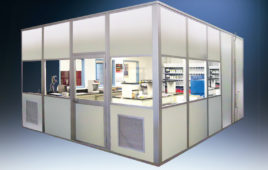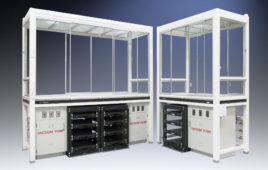In the past, ergonomics have not been a prime consideration for industrial designs. But, when industrial engineers and designers omit ergonomics from their plans, they compromise the safe and efficient operation of equipment in controlled environments, which leads to injuries, equipment damage, and costly retrofits.
Although ergonomics play an increasingly important role in the design of operator interfaces and computer systems, the U.S. government has left the implementation of ergonomic principles up to individual industries to regulate. To address workplace concerns, standards-based organizations have released practice guidelines and standards for ergonomics.
For example, the ISO 11064 (Ergonomic Design of Control Centers) international standard recommends a top-down approach to ergonomic controlled environment design that emphasizes functional demands. This approach recognizes that even if a controlled environment is well-designed, the overall system will fail if workers are overloaded, poorly trained, or straining to read illegible operator interface monitors.
With these guidelines available to industry, and with the U.S. Census Bureau reporting that half of all adults use computers in the workplace, more and more companies are discovering that ergonomically sound workstations and operator interface systems are more productive. That’s why the new modus operandi of industrial designers is to account for how operators and systems interface in the working environment.
Perhaps the most important questions in the design of controlled areas and their operator interface systems are, “What does the user want?” and “What is the user trying to achieve?” Each question and its answer will affect the design of a controlled environment and its systems, as well as impact the comfort and productivity of the operators slated to work in those areas.
From: “Ergonomically Speaking”




